Last of the supersonic legends of the skies
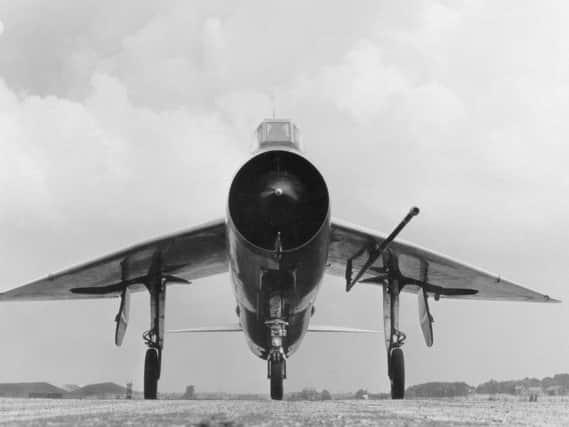

At the end of August 1967, the last English Electric Lightning aircraft to be made for the RAF at Samlesbury Aerodrome was flown from RAF Warton to Leuchars, an RAF air base on the coast of Scotland.
Part of the final batch of Lightning Aircraft commissioned by the Royal Air Force to be manufactured in Lancashire, it marked the end of an era for the iconic fighter plane, which had been a spearhead of British aviation.
Advertisement
Hide AdAdvertisement
Hide AdFirst envisioned in 1947, following the cancellation of the Air Ministry’s 1942 E24/43, the Lightning was initially pioneered as the RAF’s primary interceptor aircraft.
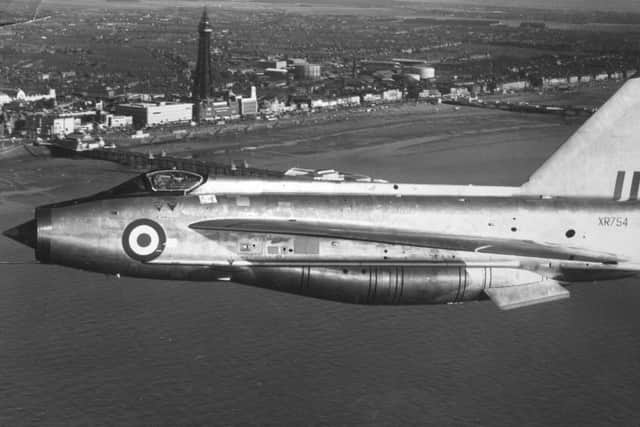

With the threat of a Russian attack looming, the Lightning was commissioned to intercept Soviet bombers flying out over the North Sea.
Designed, developed and constructed by English Electric at Samlesbury Aerodrome, the Lightning was an innovative aircraft designed to be at the top of its game as a high powered supersonic fighter plane.
WEW Petter, a British aircraft designer, approached the Ministry of Supply with the proposition of what would eventually become the Lightning; a single reach aircraft with the potential to achieve previously unseen speeds and heights.
Advertisement
Hide AdAdvertisement
Hide AdThe first projects were initiated in January 1949 with the first three prototypes, under the designated name ‘P1’ constructed, by hand, at Samlesbury Aerodrome.
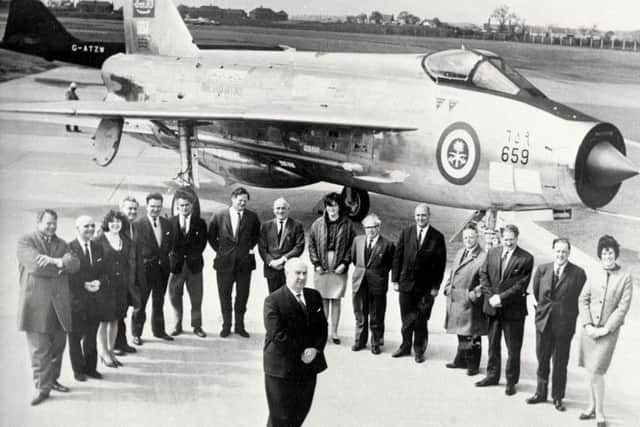

Piloted by English Electric’s chief test pilot, Roland Beamont, the P1 took to the air for the first time on August 4, 1954, eight years after its initial conception. Incredibly, just a week after its maiden flight, P1 was able to exceed Mach 1, thus breaking the sound barrier. The aircraft had officially achieved supersonic flight, one of the first for
British aviation.
Test flights were a complex affair, with planes being able to take off but not being able to land. This was due not to any fault in the manufacturing, but to the restricted size of the runway at Samlesbury aerodrome, which could not accommodate the landing of such an immense aircraft.
Consequently, newly manufactured planes would instead finish their test flights at Warton, another of English Electric’s Lancashire-based testing facilities.
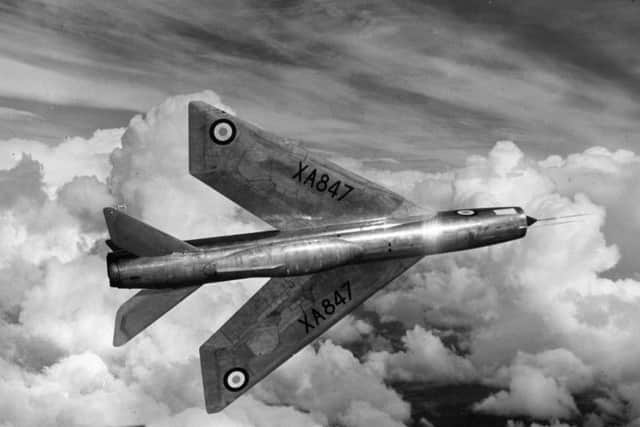

Advertisement
Hide AdAdvertisement
Hide AdYet, despite the plane’s innovative success, due its compact fuel capacity, it was only able to remain airborne for a maximum of 35 minutes before running out of fuel.
Nevertheless, this would not stop a later prototype, dubbed the P1B, from achieving greatness with English Electric’s incredible invention reaching Mach 2 in November 1958, a marvellous breakthrough for British aviation. The P1 had officially been named ‘the Lightning’ earlier that year, and lived up to its name in a perfect reflection of the aircraft’s supersonic potential. In its prime, the Lightning was able to achieve top speeds of up to 1,300 mph, had an 850 mile range and could reach heights of 36,000ft, climbing 20,000ft per minute.
To compensate for the aircraft’s large fuel usage, and the subsequent space required, the Lightning only had a small capacity for an integrated weapons system.
Yet interestingly, this would never be a problem as, although it was the Royal Air Force’s primary interceptor for more than 20 years, the English Electric Lightning was never utilised in combat situations, and hence was never required to attack another aircraft.
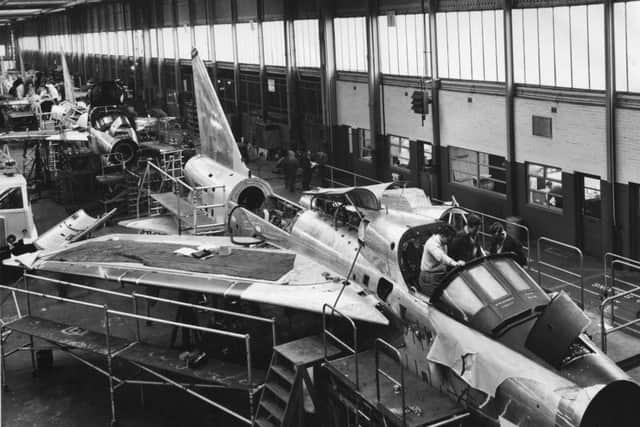

The Lightning F1 was first acquired by the RAF in 1960.
Advertisement
Hide AdAdvertisement
Hide AdA number of aircraft were placed into the usage of 74 Squadron, also known as the ‘Tiger Squadron’. They were the first RAF squadron to be equipped with Lightning aircraft. The pilots were thrilled with the new aircraft due to its sheer power and excellence, with some describing the experience of piloting the F1 as ‘being saddled to a skyrocket’.
The Tiger Squadron was appointed the official fighter command acrobatic team in 1961, performing at air shows throughout Britain and across Europe.
This was arguably a pivotal moment in the establishment of the Lightning as an icon of British aviation as it allowed the public to bear witness to the brilliance of the now renowned English Electric Lightning.
Although the manufacturing of British RAF aircraft was completed in 1967, aircraft were still manufactured for other purposes.
Advertisement
Hide AdAdvertisement
Hide AdBetween 1956 and 1972, the Saudi Arabian Air Force placed a number of orders with the defence manufacturing centres of both the UK and the USA, in order to build their own integrated defence system.
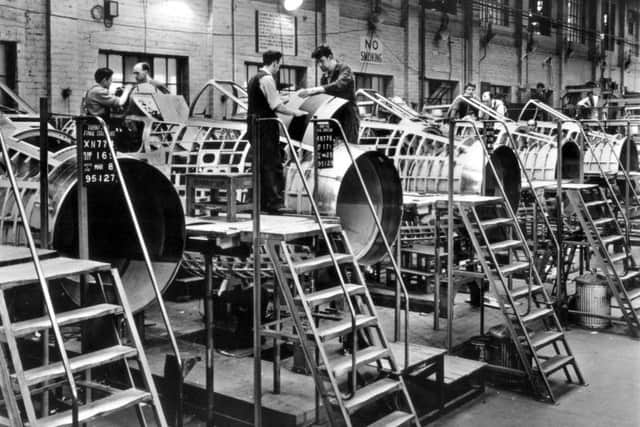

English Electric, now the British Aircraft Corporation (and later British Aerospace then today’s BAE Systems) received orders for 34 multi role single seat Lightning F53s.
Although the manufacturing was completed in 1967, they were utilised by the Saudi Arabian Air Force until 1985 when, in a bid to secure a deal on the newly engineered Panavia Tornados, 22 flyable Lightnings were brought back to RAF Warton.
British Aerospace attempted to sell off the remaining Lightnings to Nigeria and Austria, however, they were unsuccessful. Thus, in January 1986, the final aircraft were sold, each for £1, to a range of collectors and museums.
Advertisement
Hide AdAdvertisement
Hide AdThe Lightning was officially retired by the RAF in 1988, after 28 years of service. It is now remembered as an iconic and pioneering aircraft, epitomising a time when Britain and Lancashire were at the forefront of aviation design and manufacturing.
But, the legacy of the Lightning still lives on with the F 35 aircraft, which will fly from the GE2 aircraft carrier, being named the Lightning 2 in tribute to the classic icon of British Aviation.
While one of the famous old planes stands guarding the gate at BAE System’s factory at Samlesbury where so many of the aircraft were built.